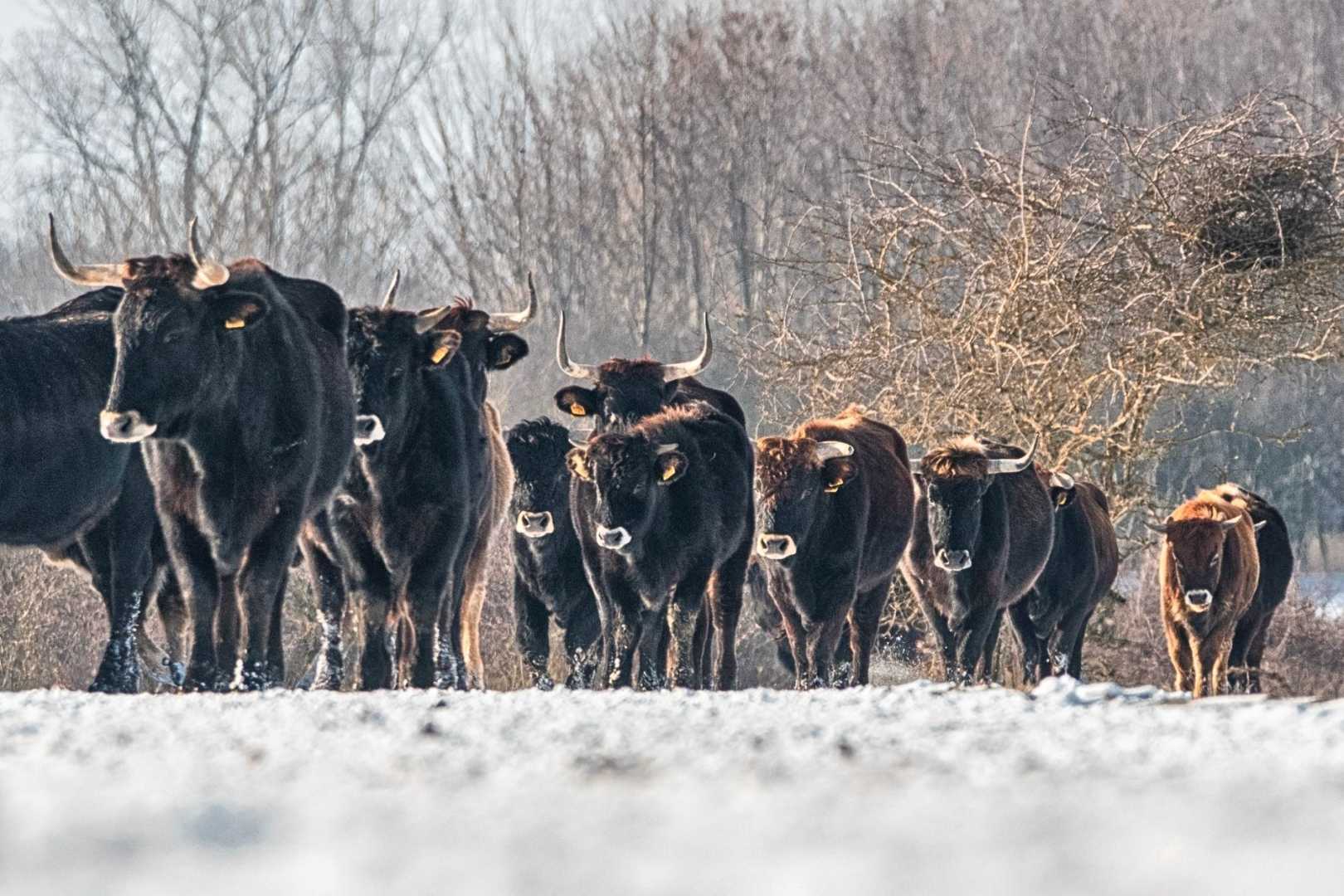News
Rewilding Project in Scottish Highlands to Introduce Aurochs-like Cattle

A rewilding initiative in the Scottish Highlands is set to see the introduction of a herd of tauros, cattle bred to closely resemble the long-extinct aurochs, across a 4,000-hectare (9,884-acre) estate near Loch Ness. This project aims to replicate the ecological impact once made by the aurochs, a massive herbivore considered the wild ancestor of modern cattle.
Trees for Life, a rewilding charity, is leading this endeavor, which will see the first introduction of tauros to the United Kingdom. According to Steve Micklewright, the chief executive of Trees for Life, “Introducing the aurochs-like tauros to the Highlands four centuries after their wild ancestors were driven to extinction will refill a vital but empty ecological niche – allowing us to study how these remarkable wild cattle can be a powerful ally for tackling the nature and climate emergencies.”
The aurochs once roamed widely across Europe, including Scotland, until their extinction in the 17th century, as a result of habitat loss and hunting. The last known aurochs died in Poland in 1627. Efforts to bring back this species have seen the development of tauros, a cross-breed created by scientists in the Netherlands since the early 2000s. This involved interbreeding ancient cattle breeds with genes closest to the aurochs, aided by the sequencing of the aurochs’ complete genome in 2011.
Although tauros are classified as domestic cattle, they are similar in stature and behavior to the extinct aurochs, with bulls reaching up to 180 cm in height. They have been noted for their active behavior, often moving in social groups to create diverse habitats. “Bull pits,” or depressions made in the ground by the tauros, serve as micro-habitats supporting various species, from insects to small mammals and plants.
The project is scheduled to bring 15 tauros from the Netherlands to the Trees for Life’s estate south of Inverness by 2026. Their introduction is legal as they are classified as a cross-breed of cattle, not a distinct species reintroduction. The charity has outlined strict management procedures to ensure the cattle remain safe and adapt to their new environment while minimizing human contact.
Micklewright noted that the aim is to learn from the past to restore natural habitats, adding, “This is something a bit wilder, something a bit bigger. And I think that will bring us a sense of excitement.”
NatureScot, Scotland’s nature agency, acknowledges the importance of planned cattle grazing in nature restoration and has stated that they expect careful planning in this project to achieve beneficial conservation outcomes.












